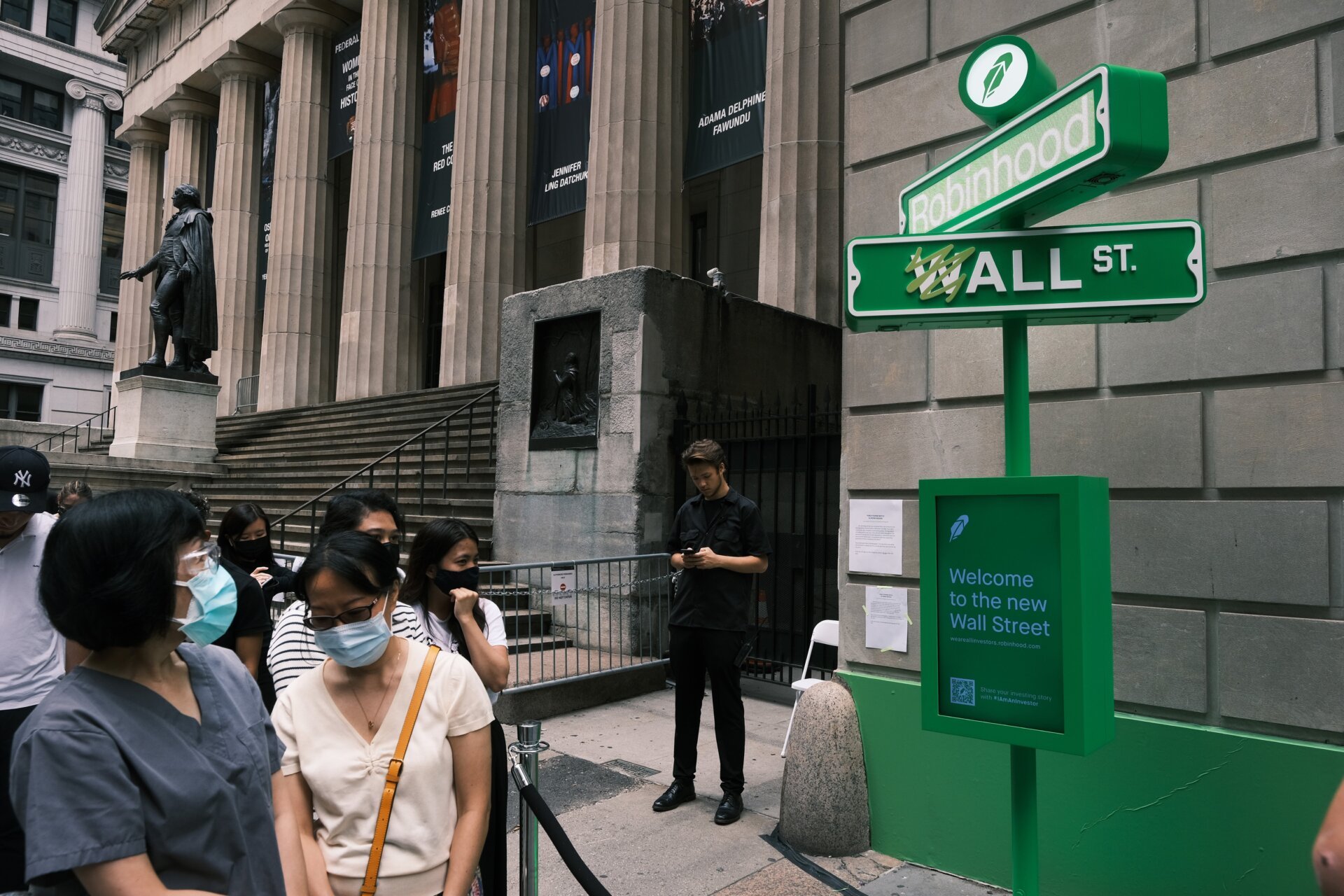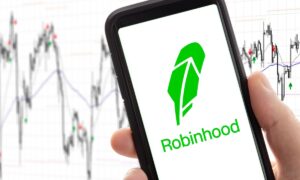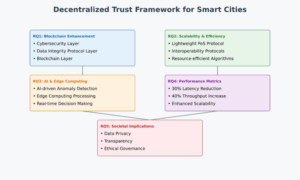SEC Cracks Down on Digital Stocks: What Investors Need to Know Now

The Future of Finance: Understanding the SEC’s Stance on Tokenization
The Allure of blockchain and Financial Regulation
For years, blockchain technology has intrigued the financial sector, suggesting a future where conventional assets could be converted into agile digital tokens. However, U.S. Securities and Exchange Commission (SEC) Commissioner Hester Peirce recently emphasized that while this vision is compelling, it is not without its regulatory constraints. She conveyed a critical message to those who believe blockchain could exempt them from existing financial regulations: proceed with caution.
Tokenization Explained
Tokenization involves creating digital representations of real-world assets on a blockchain. This can range from straightforward assets like company shares to more intricate constructs such as loan bundles. Essentially, it’s akin to taking a traditional asset, such as a share of Tesla, and placing it into a blockchain wallet for trading, similar to cryptocurrencies.
However, not all tokens are identical. Some are issued directly by the asset-owning company, while others are generated by third parties who hold the actual assets and create their own tokenized versions. Peirce pointed out that these third-party tokens introduce “unique risks,” particularly for retail investors who may not possess the underlying asset.
The SEC’s Warning
Peirce reiterated that tokenized securities are still classified as securities, meaning they are subject to the same legal obligations as traditional financial instruments. The SEC is reminding innovators that just because something is new doesn’t mean it’s free from regulation. If you are involved in the creation or sale of tokenized securities, you must adhere to established laws regarding the issuance, trading, and disclosure of financial instruments. The primary aim of these regulations is to safeguard investors and maintain orderly markets.
Implications of Tokenization
The potential for tokenization to revolutionize how individuals invest, borrow, and accumulate wealth is significant. However, it also raises critical questions: Who truly owns these tokenized assets? What are the implications if a cryptocurrency firm fails or mismanages customer funds? What protections are in place for everyday investors?
While tokenization could enhance market efficiency and accessibility, allowing fractional ownership of stocks and assets, Peirce’s remarks serve as a reminder that blockchain does not eliminate risk.
Moving Forward with Compliance
Peirce encouraged companies to engage proactively with the SEC if they wish to develop tokenized products within the legal framework. She suggested that the agency might consider updating outdated regulations or creating exemptions, but only if firms comply with existing rules.
Currently, the crypto and financial sectors have been alerted that tokenized finance is not a legal loophole. It represents a new frontier of Wall Street, now on the blockchain. The overarching message is clear: the future of finance will be characterized by innovation, but it must also be grounded in accountability.







